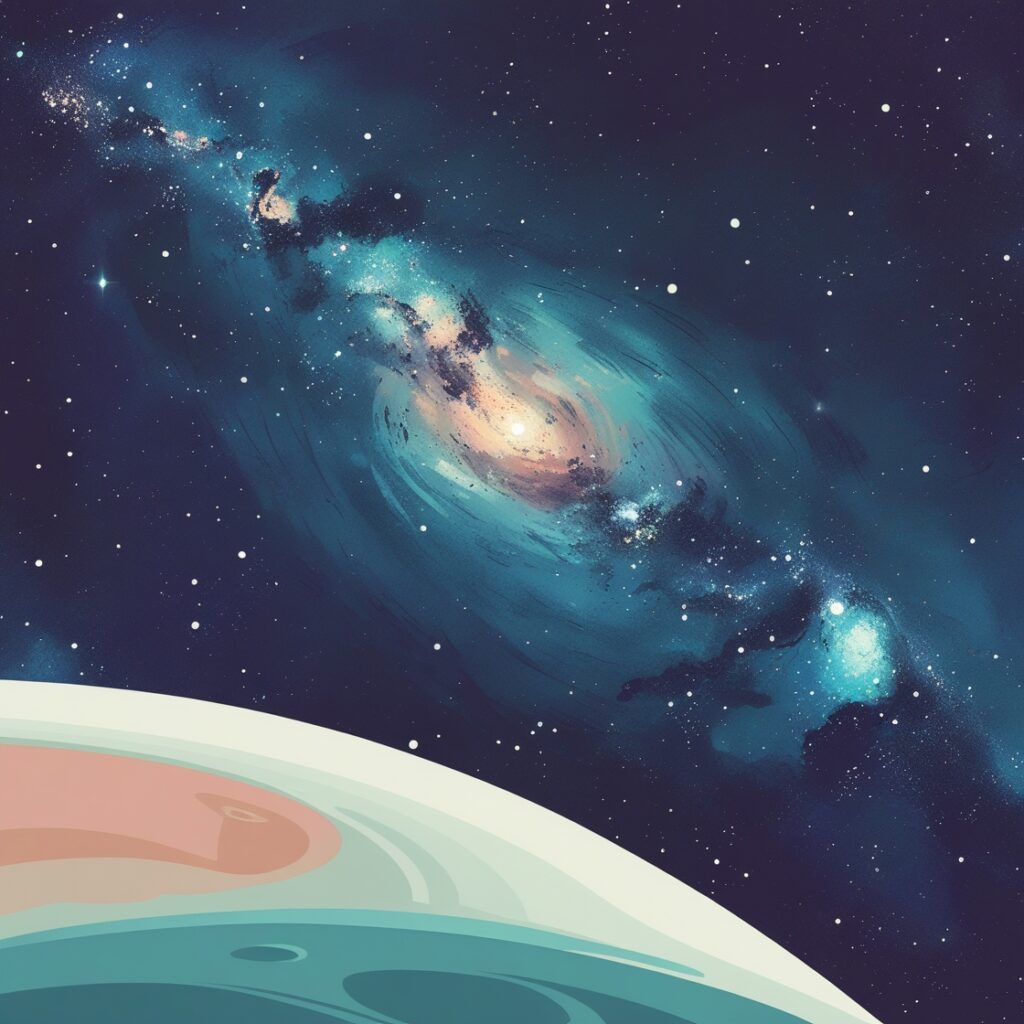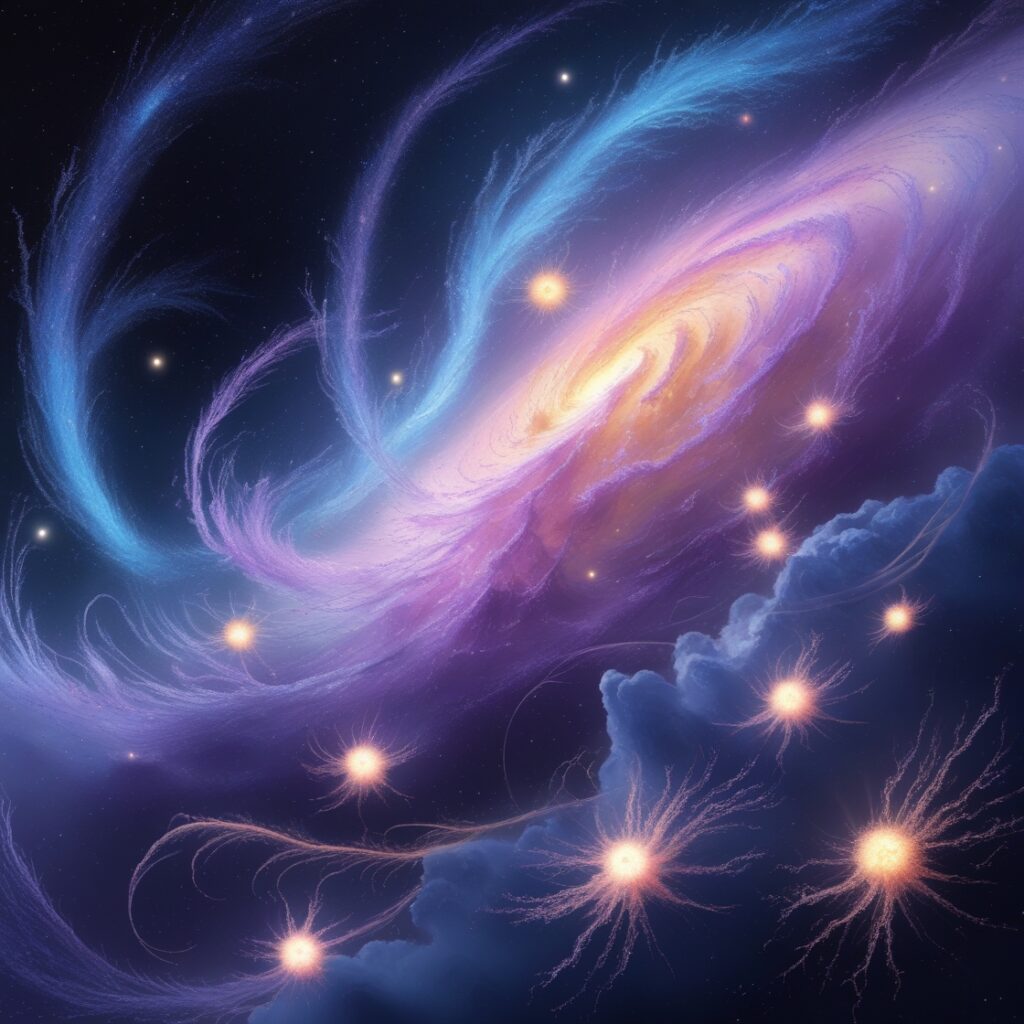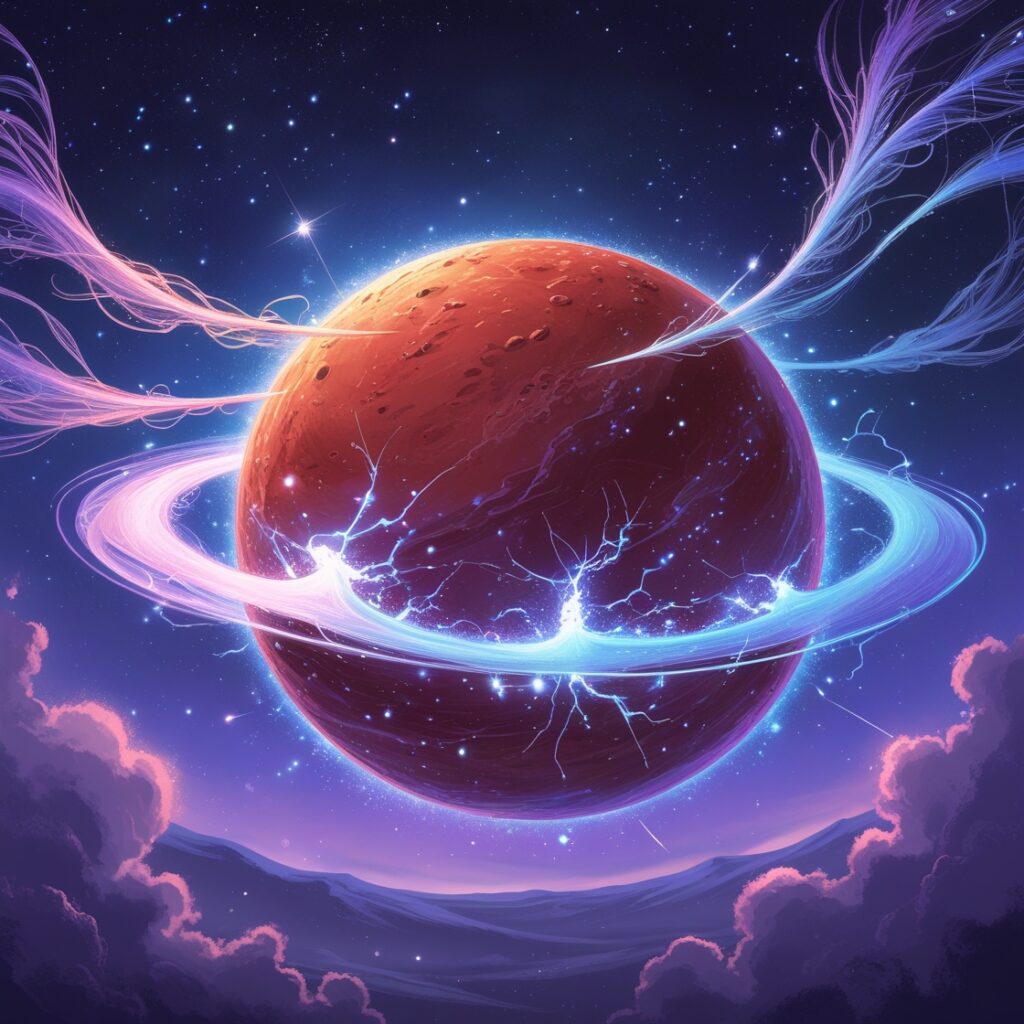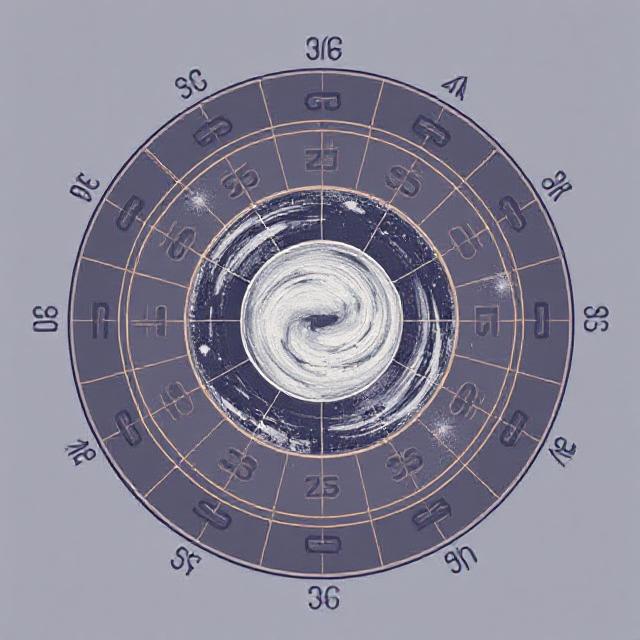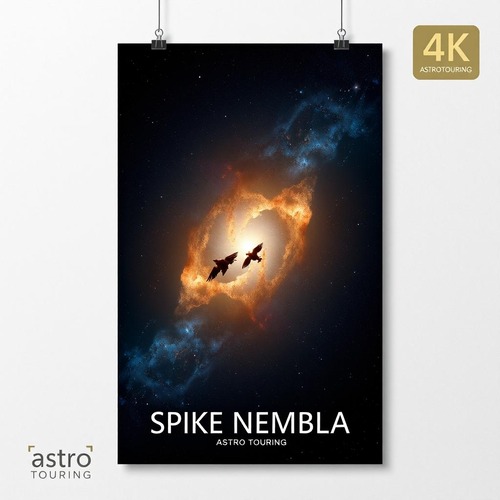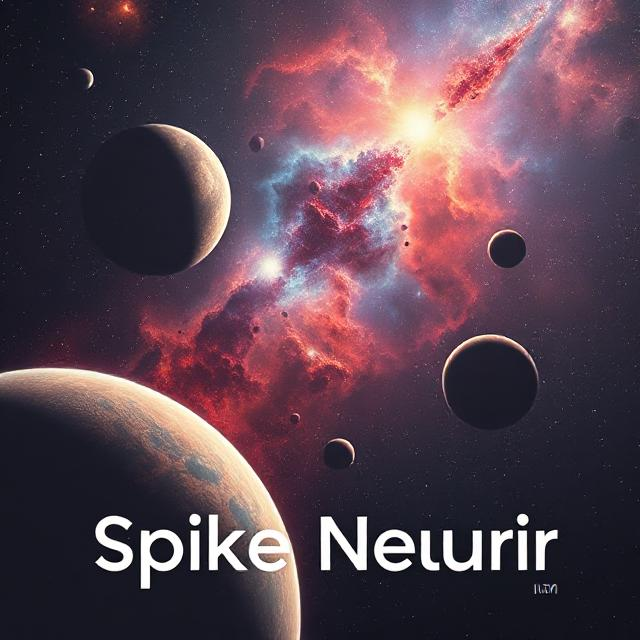JWST Reveals High-Resolution Image of Aligned Jets in Serpens Nebula
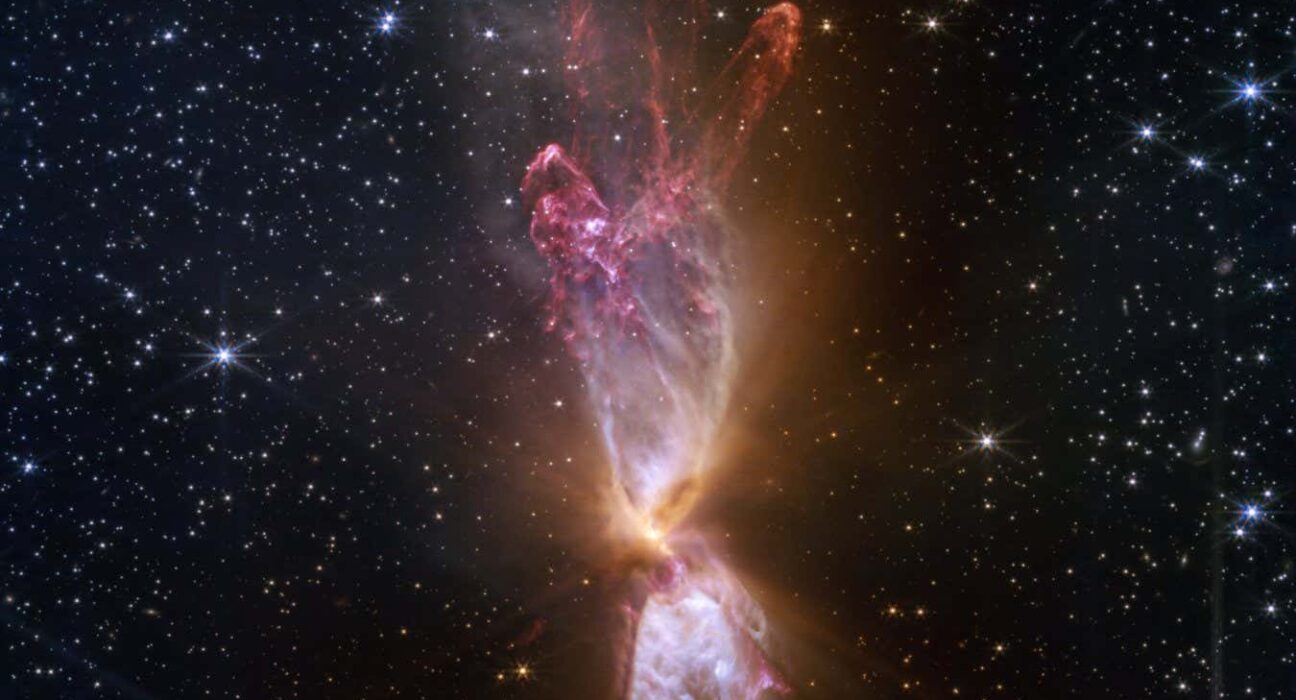

Unveiling the Secrets of Star Formation: JWST’s Discovery in the Serpens Nebula
A Stellar Revelation
The James Webb Space Telescope (JWST) has made a groundbreaking observation in the vast Serpens Nebula, situated approximately 1,300 light-years away from Earth. For the first time, JWST has captured a sequence of young protostars, each releasing jets that align in a unified direction. This fascinating discovery offers new insights into the formation of stars.
Capturing the Birth of Stars
Utilizing its Near Infrared Camera (NIRCam), JWST has delivered a captivating image that showcases newborn stars. These nascent celestial bodies exhibit outflows that interact with the nebula’s surrounding gas and dust, all oriented similarly. The findings, published on arXiv as a pre-print, propose that these stars and their outflows inherit a common spin from the parent cloud they emerged from, suggesting a simultaneous formation.
“Historical Record of Star Formation”
Klaus Pontoppidan from NASA’s Jet Propulsion Laboratory shared in a press release, “Astronomers have long assumed that as clouds collapse to form stars, the stars will tend to spin in the same direction.” This alignment of elongated structures marks a significant observational milestone, providing a historical record of star formation.
The Dynamics of Spinning Stars
As gas clouds collapse to birth stars, they accelerate in their spin, forming a disk. This disk’s magnetic field propels some material outwards, creating jets. In the JWST’s image, these jets appear as luminous red streaks, representing infrared emissions from molecular hydrogen and carbon monoxide.
Joel Green, the lead author of the study from the Space Telescope Science Institute, mentioned, “We’re now able to catch these extremely young stars and their outflows, some of which previously appeared as just blobs or were completely invisible in optical wavelengths due to the thick dust.”
Exploring the Chemistry of Star-Birth Regions
Future research will leverage JWST’s Near-Infrared Spectrograph (NIRSpec) to delve into the chemistry of these star-forming clouds. The objective is to understand how essential compounds like water and carbon monoxide persist in these environments and contribute to planet formation.
By comparing the Serpens Nebula’s chemical composition with that of planet-forming disks around older stars, scientists aim to unravel the conditions that led to the formation of our solar system.
Conclusion
The James Webb Space Telescope’s observation in the Serpens Nebula represents a monumental step in understanding star formation. As scientists continue to analyze these findings, we inch closer to deciphering the cosmic processes that led to the birth of stars and planets, enriching our knowledge of the universe’s intricate dance.



